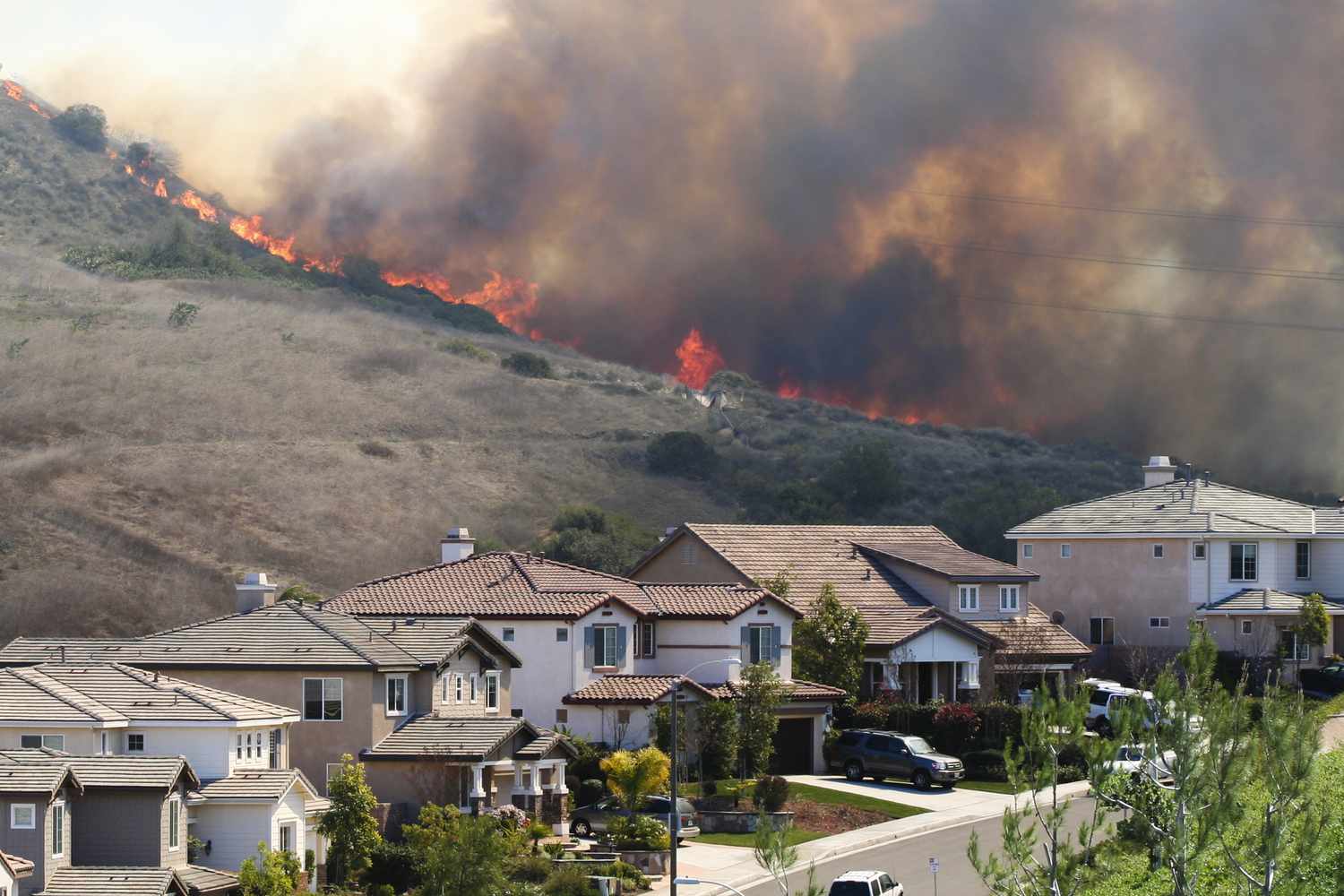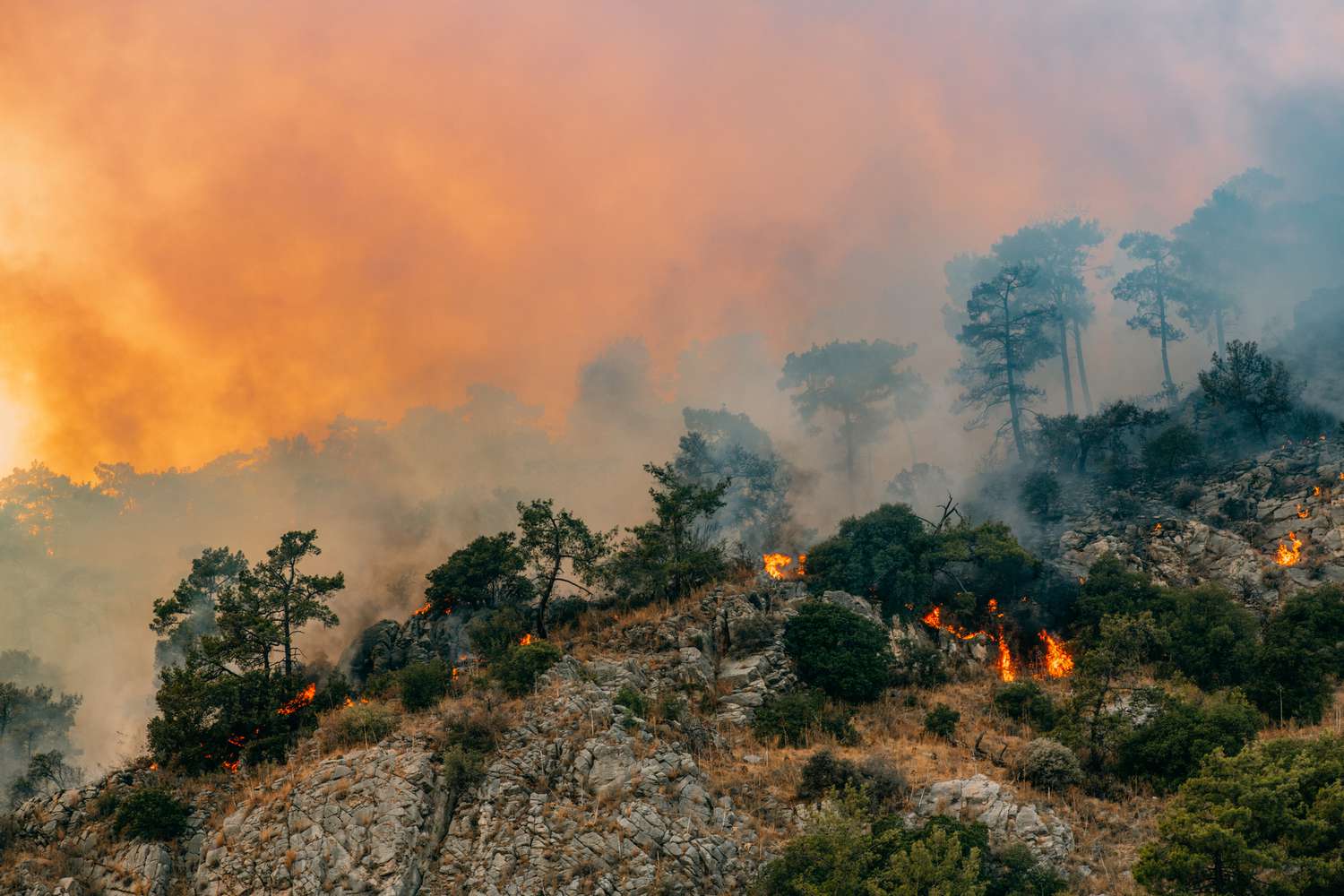Now Reading: Fire Weather: Understanding the Phenomenon Driving Wildfires
-
01
Fire Weather: Understanding the Phenomenon Driving Wildfires
Fire Weather: Understanding the Phenomenon Driving Wildfires

Swift Summary
- Definition: Fire weather refers to atmospheric conditions conducive to igniting and spreading wildfires. It includes high temperatures,low precipitation,dry fuels,gusty winds,and low humidity levels.
- Causes: Factors contributing to fire weather include heat-driven evaporation drying fuels, lack of rainfall or soil moisture aggravating drought-like conditions, and winds accelerating fire spread by supplying oxygen and transporting embers.
- Monitoring: NOAA’s National weather service (NWS) tracks these conditions in collaboration wiht land management organizations. Alerts include:
– Fire Weather Watch: Indicates elevated fire risk within 24-72 hours.
– Red Flag Warning: Signals imminent or ongoing critical fire weather conditions.
- Climate Impact: Studies show climate change is extending the duration of fire weather seasons globally (19% average increase between 1979-2013). In regions like California, increased autumn temperatures and decreased precipitation have raised fire risks by up to 20%.
- Proactive Measures: mitigation involves avoiding activities such as burning trash or grilling on risky days; clearing potential fuel sources from yards; safe disposal of cigarette butts; reporting fires immediately.
Indian Opinion Analysis
Fire weather poses increasing challenges worldwide due to global climate change. For India-a country experiencing intensifying environmental impacts-the lessons from wildfire-prone regions could offer meaningful insights. While India’s geography is less prone to large-scale wildfires compared to places like California or Australia, vulnerability persists in specific areas such as northeastern forests during dry seasons. The increase in erratic climatic events linked with rising global temperatures necessitates robust monitoring systems akin to NOAA’s protocols for early prediction and response.
Addressing the root causes-such as reforestation efforts prioritizing moisture-retaining plants-may help India adapt its forest management practices better over time. Alongside this should come public education on minimizing human-induced ignition risks during high-temperature periods aggravated by India’s worsening heatwaves.
By drawing upon international practices for mitigating wildfire threats while considering unique regional variables such as monsoonal cycles,India’s policymakers can ensure balanced strategies apt for safeguarding ecosystems without compromising community safety.
























